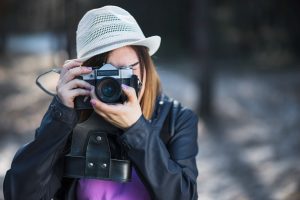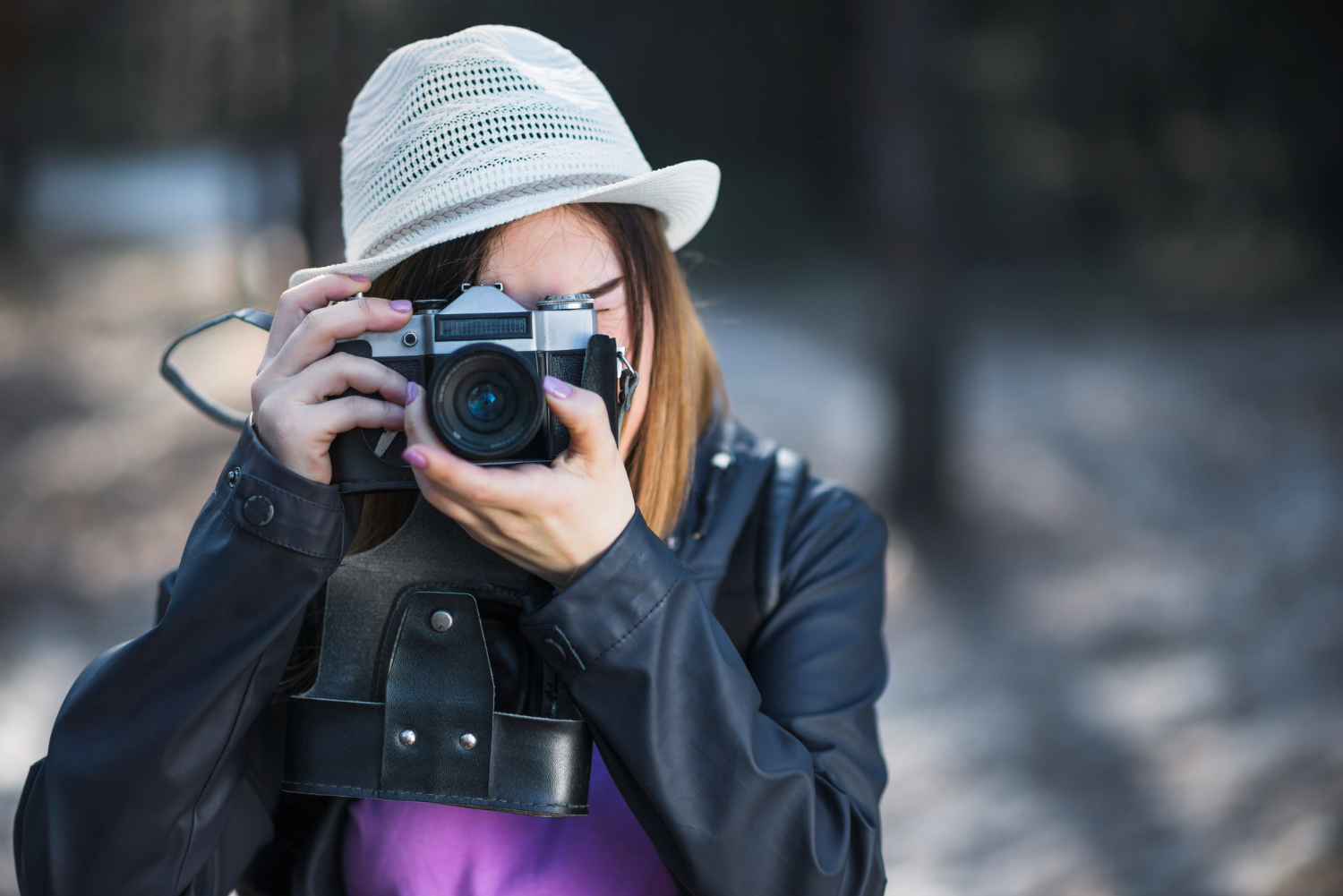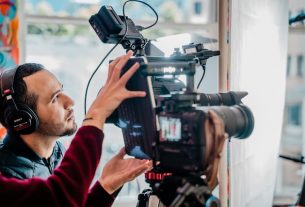Long exposure photography is an exciting technique that lets you capture the passage of time in a single image. This style of photography is often used to create dramatic shots of night scenes, light trails from cars, smooth flowing water, and even star trails. By using longer exposure times, you can add a sense of motion, mystery, and beauty to your images, transforming ordinary scenes into something extraordinary.
If you’re just starting with long exposure photography, this guide will help you get familiar with the basics, equipment, and settings needed to create stunning night, light trail, and waterfall photos.
1. Understanding Long Exposure Photography

In simple terms, long exposure photography means keeping your camera’s shutter open for an extended period. This allows more light to enter the camera sensor, capturing movement over time rather than a single instant. For example, when shooting a waterfall with a long exposure, the water appears smooth and silky instead of being frozen in place. This effect can make your images look unique and captivating.
2. Essential Gear for Long Exposure Photography
Before you start, there are a few basic items you’ll need to capture high-quality long exposure photos:
- Camera with Manual Mode: Any camera that allows you to adjust settings like shutter speed, ISO, and aperture will work. DSLRs, mirrorless cameras, and some advanced compact cameras are ideal.
- Tripod: Since long exposure shots require a slow shutter speed, any small movement can make your image blurry. A sturdy tripod is essential to keep your camera steady.
- Remote Shutter Release: Using a remote helps prevent any camera shake that could happen if you press the shutter button directly. If you don’t have one, you can use the camera’s self-timer function.
- Neutral Density (ND) Filter: This is optional but highly recommended, especially for daytime shots. An ND filter reduces the amount of light entering your camera, allowing you to use a longer exposure even in bright conditions.
3. Settings for Long Exposure Photography
Now that you have your equipment, it’s time to set up your camera. The main settings to focus on are shutter speed, aperture, and ISO.
- Shutter Speed: For long exposures, you’ll typically use a slow shutter speed ranging from a few seconds to several minutes. Experiment with different shutter speeds depending on how much movement you want to capture.
- Aperture: A smaller aperture (higher f-number) is ideal for long exposures, as it lets less light in and gives you a larger depth of field. Start with f/8 or f/11 and adjust as needed.
- ISO: Use a low ISO (like 100 or 200) to keep your image sharp and reduce noise. A higher ISO can add graininess, especially in dark scenes.
4. Long Exposure Techniques for Different Subjects
Night Photography
Long exposure is excellent for night photography, capturing the beauty of city lights and starry skies. Here’s how to get started:
- Find a Stable Spot: Set up your tripod in a location with minimal light pollution for stars or an interesting cityscape for urban shots.
- Adjust Your Settings: Use a longer shutter speed (15–30 seconds) to capture enough light. Start with a low ISO and a small aperture to keep details sharp.
- Experiment with Light Trails: To capture light trails from moving cars, choose a busy street. The headlights and taillights create streaks that add a sense of motion to your photo.
Light Trail Photography
Light trails can be captured in various settings, from car lights on highways to sparklers and even people with torches. Here’s a basic approach:
- Set Up Your Frame: Use a tripod and frame your shot to include the path of moving lights.
- Choose Your Shutter Speed: For light trails, aim for a shutter speed of at least 10 seconds or longer. The exact time will depend on how long the light source will be moving.
- Adjust Your Aperture and ISO: Keep the aperture around f/8 to f/16 to control light entry, and use a low ISO to maintain sharpness.
Waterfall Photography
Long exposures can make waterfalls appear smooth and silky, giving the water a dream-like flow.
- Use an ND Filter: If you’re shooting in daylight, an ND filter is helpful to reduce brightness and allow a longer exposure.
- Select Shutter Speed: For waterfalls, a shutter speed of 1–4 seconds usually works well to capture the flowing effect without over-blurring. Adjust as needed to achieve your desired look.
- Adjust Your Aperture and ISO: Start with a small aperture (f/11 or f/16) and low ISO (100) for sharp, balanced shots.
Tips for Success
- Experiment with Shutter Speeds: There’s no “one-size-fits-all” setting, so try different shutter speeds to see how it affects the image.
- Patience is Key: Long exposure photography often involves waiting for the right moment, especially for light trails or night shots.
- Check Your Focus: Use manual focus to ensure sharpness, as autofocus can struggle in low light.
FAQs
Q: Do I need an ND filter for long exposure photography?
A: It’s not essential but can be very helpful, especially in daylight, as it limits light and lets you use slower shutter speeds without overexposing the image.
Q: How do I prevent my long exposure shots from getting blurry?
A: Using a tripod is crucial for stability, and a remote shutter release (or self-timer) minimises any shake from pressing the shutter button.
Q: What’s the best time for capturing light trails?
A: Light trails are easiest to capture during evening hours when it’s dark enough for the lights to stand out but there’s still a bit of ambient light.
Q: Can I do long exposure on my phone?
A: Yes, many smartphones have long exposure modes or apps that allow you to adjust shutter speed. However, a tripod or stable surface is still essential for clear shots.
Q: How do I know if my exposure is correct?
A: Always review your shot after taking it. Check the histogram on your camera to ensure no highlights are blown out or shadows are too dark.
Long exposure photography can be a rewarding challenge, bringing out unique and surreal qualities in your photos. So, grab your camera, find a scenic spot, and start experimenting with time and movement!



